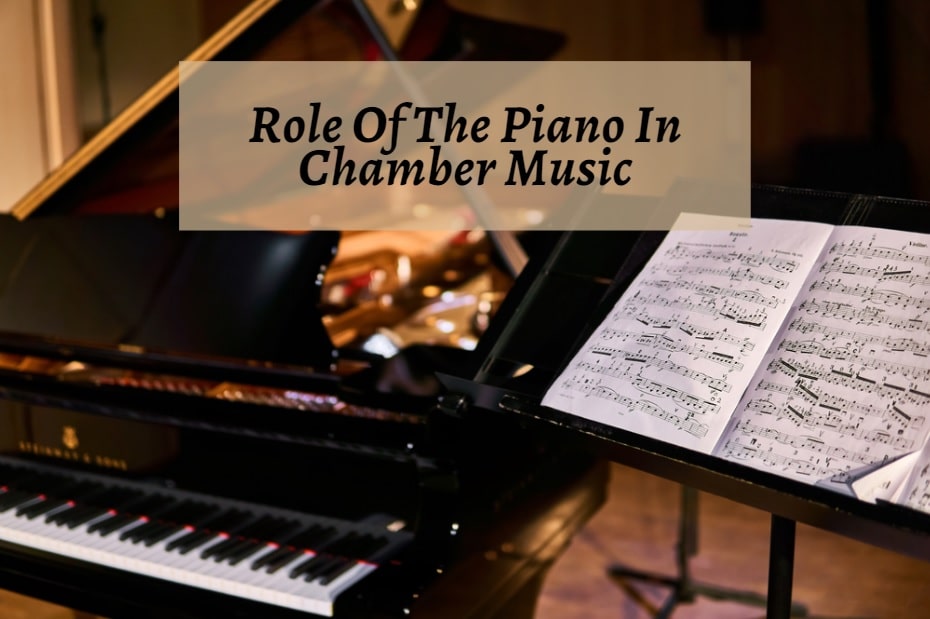
Chamber music dates back many hundreds of years. It usually refers to a type of music that is designed to be performed by modest-sized ensembles in smaller venues.
During the Classical period, the focus on chamber music intensified, and it was during this period the piano assumed its enduring role in the music of this type.
In particular, the chamber music of Haydn and Mozart dominates the Classical landscape with the piano playing a central part in the development of chamber music.
A reasonable question might be that if chamber music has its roots further back in musical history, why am I not examining the role of the piano in Baroque music?
The simple solution to that quandary is that the piano did not find its feet until the end of the Classical period.
The Role Of The Piano In Chamber Music
The keyboard instruments commonly employed in Baroque chamber music would have been the harpsichord, clavichord, organ, or spinet.
As we enter the Classical period, many things have changed. As you can imagine, the musical style has transformed dramatically from the mesmerizing polyphony of the Baroque to the streamlined, sleek homophony of the Classical period.
Amongst the changes includes the development of chamber music and the establishment of the piano as one of the most important new instruments to enter the musical arena.
It was thanks to the innovation and foresight of Bartolomeo Cristofori that the piano came into existence at all. Cristofori is heralded as the Father of the piano, creating his early models around the mid-1700s.
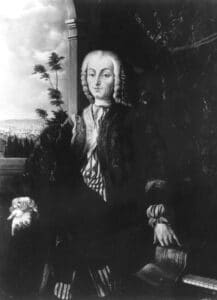
His revolutionary approach to hammer design surpassed the plucking mechanism of the harpsichord, creating an instrument capable of a greater variety of tones with significantly more control given to the performer.
It took most of Cristofori’s life to reach a stage where the piano was becoming accepted as a viable alternative to the harpsichord, but once established, the piano was here to stay.
Cristofori’s invention gave rise to a wealth of chamber music from the Classical period forward. Thousands of works include the piano from duos to larger ensembles such as octets and nonets.
Carl Philippe Emmanuel Bach composed several works that include piano, perhaps the most notable being his Six Sonatas (WQ. 89) which offer an exchange of the two string instruments (violin and viola) with a clarinet and a bassoon.
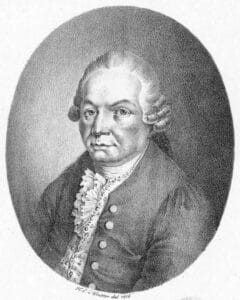
The Piano Trio became hugely popular in the Classical period. To my mind, one of the finest examples is the Kegelstatt Trio K. 498 by WA Mozart.
Completed in 1786, this is one of the most delightful examples of the piano’s role in classical chamber music. WA Mozart scored the work for piano, clarinet, and viola with an arrangement for violin, viola, and piano published later.
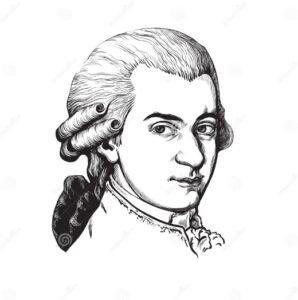
The inclusion of the clarinet highlights this piece as one of the first to use a relatively new instrument: the clarinet.
WA Mozart’s friend Anton Stadler gave the first performance on clarinet with Mozart playing the viola and Fransiska von Jacquin on piano.
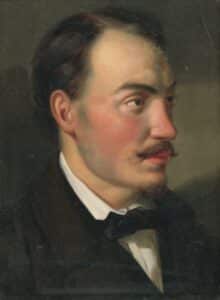
The Kegetstatt Trio does not relegate the piano to a secondary role but places it as an equal partner within the trio.
The delicate interplay between the instruments throughout the three movements beautifully highlights WA Mozart’s astonishing facility for chamber music composition.
It also presents a shining example of the piano’s role in early chamber music. There are a further six Piano Trios composed by WA Mozart that are well worth exploring.
Joseph Haydn composed around 45 piano trios throughout his long and productive life. They vary enormously in style and intensity.
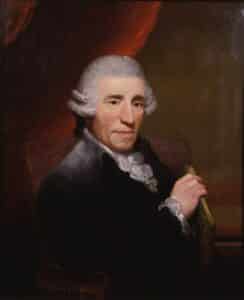
For many listeners, Haydn’s piano trios are considered light, almost inconsequential compositions compared to his other works. This is a little unfair, especially if you examine the eloquence of Haydn’s later trios.
In many of these compositions, the piano adopts a position of command and strength. The other instruments, particularly in the earlier works, are subservient to the piano.
One explanation offered for this is not compositional but reasonably notes the weak sound the early piano would have produced.
Ludwig van Beethoven followed and significantly extended the earlier works of Haydn and Mozart. He composed seven piano trios that spanned several decades of his life.
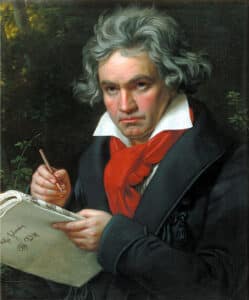
Of this collection, the so-called Archduke Trio (Op. 97) from 1811 is amongst the most celebrated of the genre. Beethoven places the piano at the heart of the work.
The intricacies and interplay between the instruments however are not neglected. Whilst there are elements of virtuosity, the ingenuity and inventiveness in this trio are exceptional and set the tone for many chamber works that followed.
Johannes Brahms a leading Romantic composer who worked in the shadow of Beethoven for much of his life, took up the challenge of the Piano Trio and composed three during his lifetime.
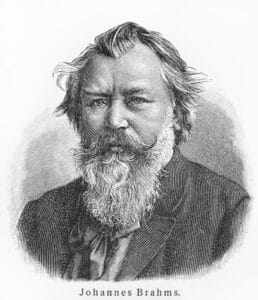
He also wrote a clarinet trio. Like Beethoven’s trios, Brahms places the piano in a pivotal role in the compositions, both as protagonist and in a more accompaniment role.
Brahms’s Piano Quartet, Op.25 in G minor, is another fine example of romantic composition for the piano and is held in high regard by his friend and mentor, Clara Schuman.
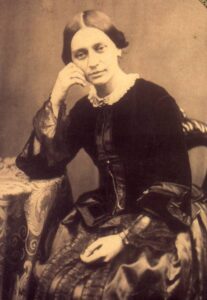
Equally, Clara Schumann’s Piano Trio in G minor (Op. 17 in G minor), should not go unmentioned. This composition is a beautifully crafted work that demonstrates not only Schumann’s fluency as a pianist but also her meticulously crafted compositional style.
In a similar vein, the two Mendelssohn Piano Trios are works that cast the piano as the poet and protagonist.
There are many larger chamber groupings in which the piano takes a significant role. These Schumann, Brahms, and Dvorak piano quartets.
These important pieces in the late romantic repertoire highlight the piano’s immense flexibility as a soloist and as an accompanist.
The range and depth of expression in these works illustrate how many options are offered to the composer who wishes to write for the instrument within a chamber capacity.
Even though the piano is capable of sound above a full orchestra, it is also capable of playing the finest and most delicate of melodic ideas and textures.
Dvorak, Brahms, Reger, and Schuman also composed brilliant Piano Quintets with Brahms giving particular prominence to the piano in his scoring.
Again, leaning into the mid to late Romantic period of music, Louis Spohr composed his highly innovative and at times almost operatic Nonet (Op.31) and Octet (Op.32).
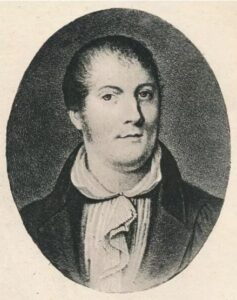
Fabulous works from each of these composers and windows into what a versatile instrument the piano is when composed by masters of their craft.
